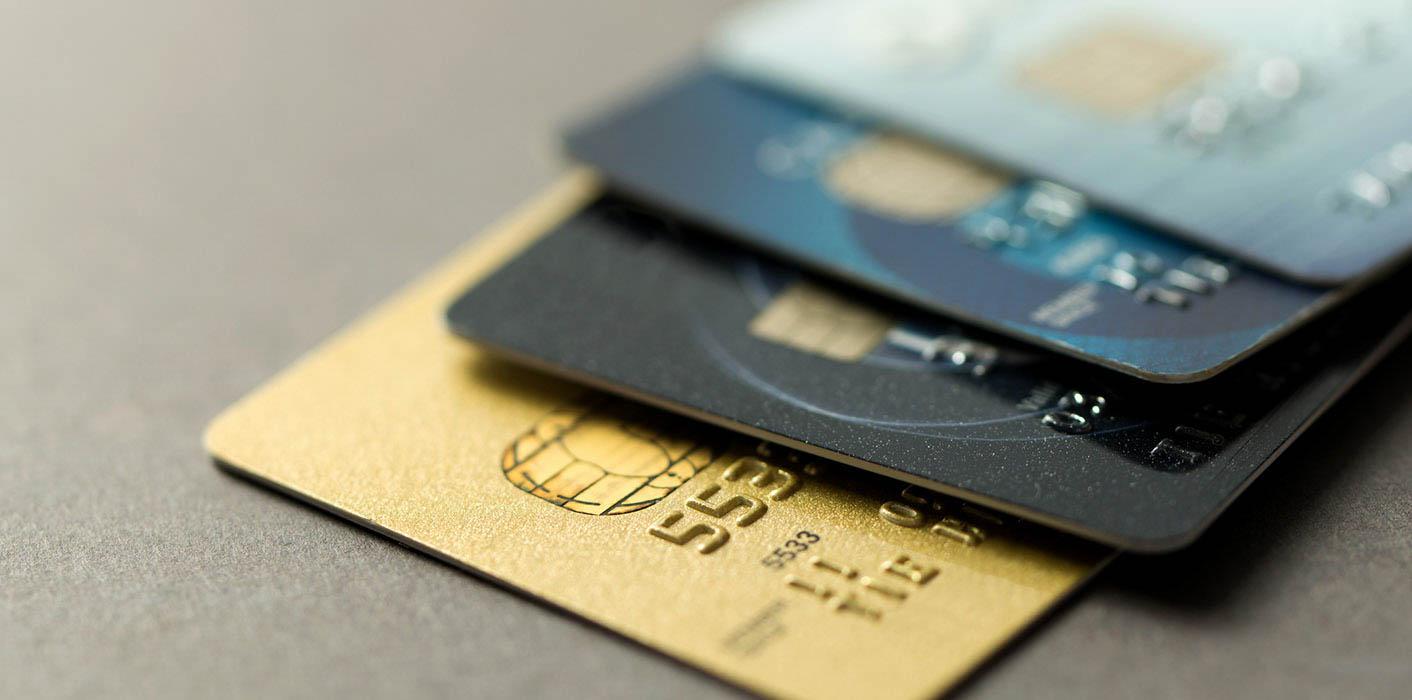
Is buy now, pay later right for your business?
Merchants exploring adding BNPL options need to keep abreast of market developments.
A relative payment newcomer, buy now, pay later (BNPL) is rapidly growing in popularity. BNPL offers consumers an attractive alternative to traditional credit by allowing them to make purchases while paying over a set number of installments. Merchants benefit by enhancing customer experiences, reducing cart abandonment and increasing sales.
That winning combination is propelling buy now, pay later from the fringes of consumer payment methods to the mainstream. Worldpay’s 2024 Global Payments Report found that BNPL accounted for 2.1% of global e-commerce transactions in 2020. That figure is expected to double by 2024 when BNPL will account for 4.2% of global e-commerce sales.
Buy now, pay later has all the elements of a classic win-win. But is BNPL right for your business? Let’s take a closer look.
Buy now, pay later essentials
Payment methods vary in their business models and fees they charge consumers and merchants. Buy now, pay later may be more expensive for merchants relative to traditional payment methods like credit cards and debit cards, with fees ranging from 3-7% of each transaction.
BNPL can be a great option for merchants in high-margin verticals like retail or fashion. For businesses with a lower-margin, merchants will need to weigh the cost before deciding to offer this payment option at checkout.
How do I offer buy now, pay later?
Adding Buy now, pay later to your payment mix is easier than you may think. From a merchant perspective, BNPL is simply another payment method and front-end integrations are fairly straightforward. Adding Klarna, Afterpay, Openpay, Affirm or other BNPL providers is functionally similar to adding Apple Pay or American Express. The BNPL provider you choose will also depend on your current payment service provider.
Merchants have a choice: Do they want to work with buy now, pay later providers directly or work with their existing payment services provider to help add this payment method? Working directly with BNPL providers potentially means managing several payment integrations. However. working with your existing payment service providers means a simpler and more cost-effective onramp to enabling BNPL payment methods. Merchants look to their payment partners to benefit from the strength of APM payment services aggregation and to optimize their payment mixes.
Is buy now, pay later also available at the point-of-sale?
Merchants can add buy now, pay later as a payment option for online and in-store point of sale environments. BNPL started online and is more prevalent in online e-commerce environments, but several vendors now offer BNPL options at the point-of-sale (POS).
While BNPL is growing around the world, it is currently more prevalent in Europe, Australia and New Zealand. However, we are seeing strong growth in the U.S. as many mainstream providers focus on this key market. As BNPL vendors expand into new regions they typically lead with e-commerce options, though increasingly POS is offered as well.
How should merchants choose a buy now, pay later provider?
Merchants need to weigh many factors when it’s time to select a buy now, pay later provider. Many BNPL providers have comparably limited geographic scope or are tailored for a specific vertical, so determining the range of options is an important first step. BNPL providers also differentiate on total transaction costs, so some vendors may emerge as more appropriate depending on whether a merchant is selling higher margin items versus goods and services with a lower margin.
Many merchants offer more than one buy now, pay later option, based largely on consumer preferences. BNPL options are comparatively new but have been around for long enough that consumers develop loyalty and preference to one over another. Offering multiple options will become more important as BNPL providers continue to differentiate their offerings with variations on installment length and other value-added services.
Is buy now, pay later highly regulated?
There are comparably few regulations specific to buy now, pay later, especially for short-term instalment plans (e.g., pay in three installment and pay in four installment plans), but that’s beginning to change. Buy now, pay later is consumer credit and thus may be subject to new and/or existing consumer credit regulations. Australian authorities are developing BNPL regulations, while the U.K. Treasury recently announced that BNPL transactions will fall within the jurisdiction of Financial Conduct Authority in the future.
Merchants exploring adding buy now, pay later options should keep abreast of market developments in the region(s) where they operate. Merchants currently offering BNPL can turn to the BNPL providers or their payment service providers for consultation and guidance on the evolving regulatory landscape.
Related Insights


